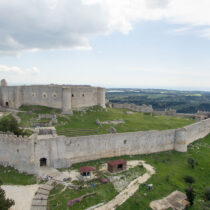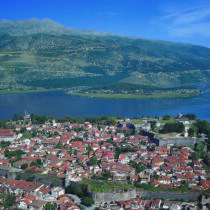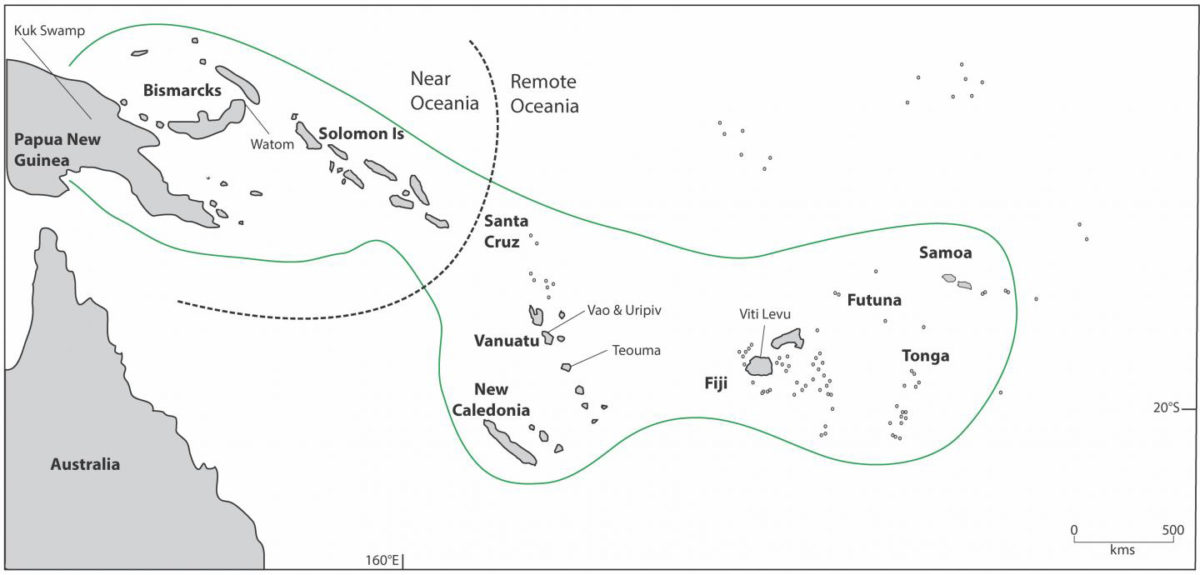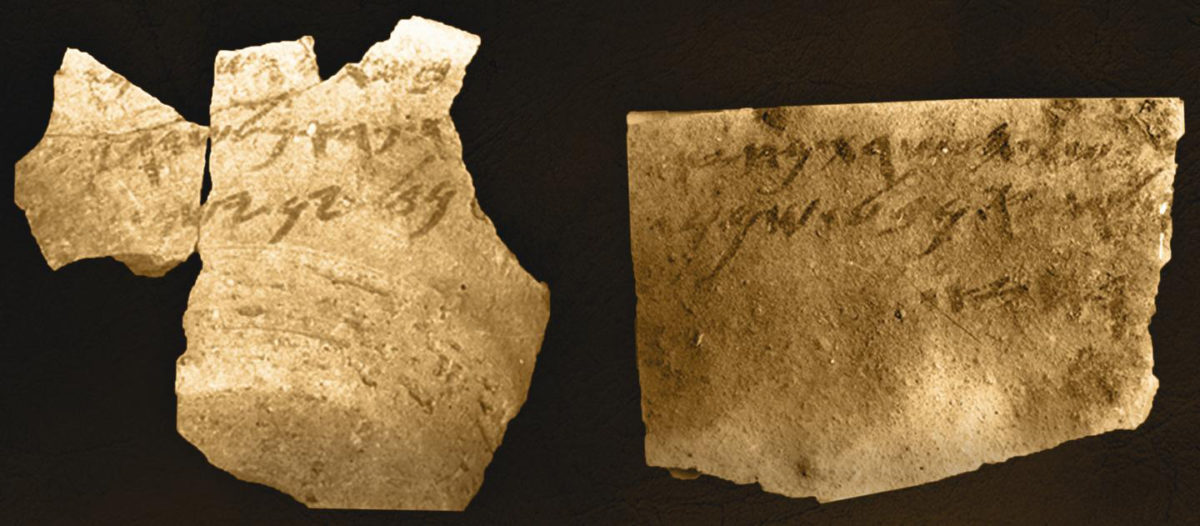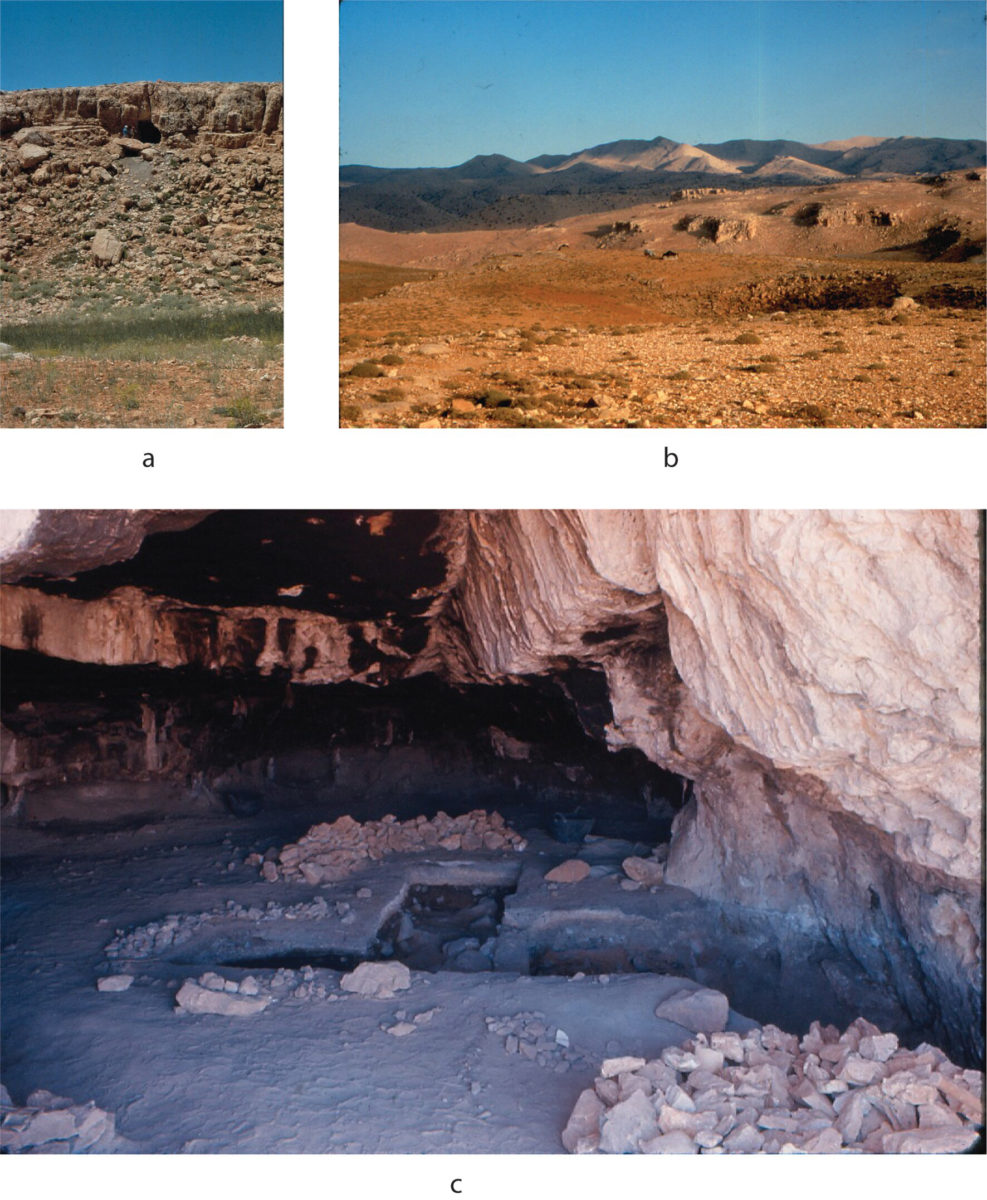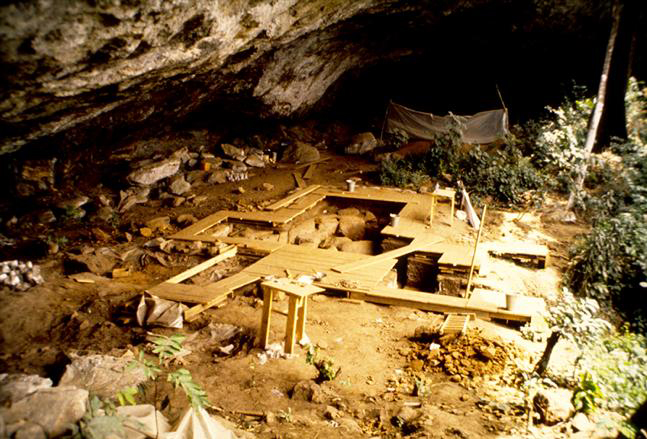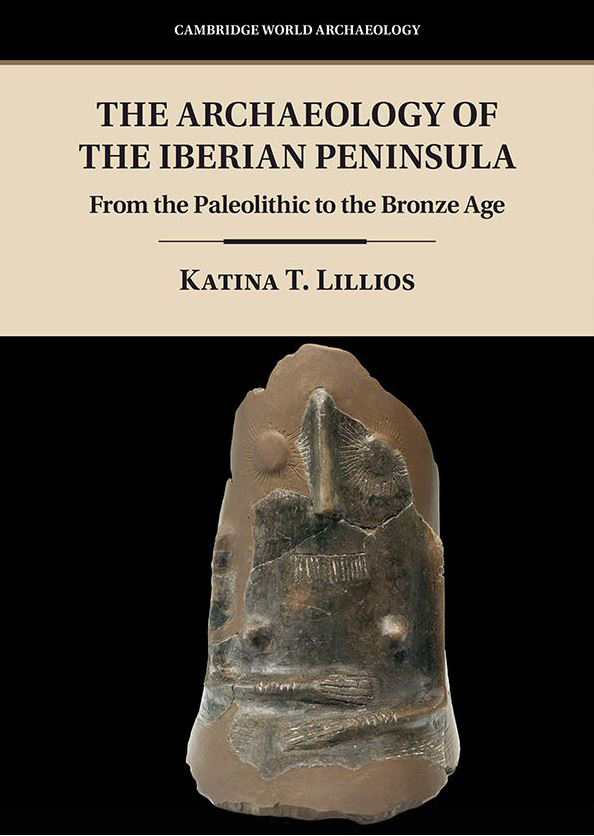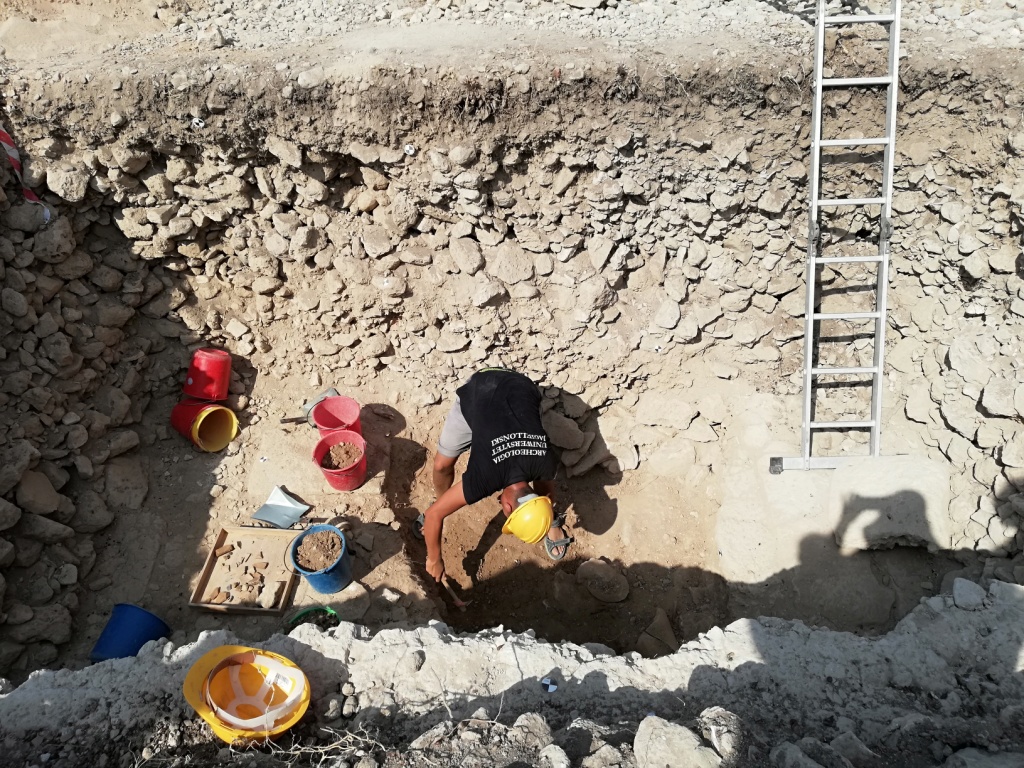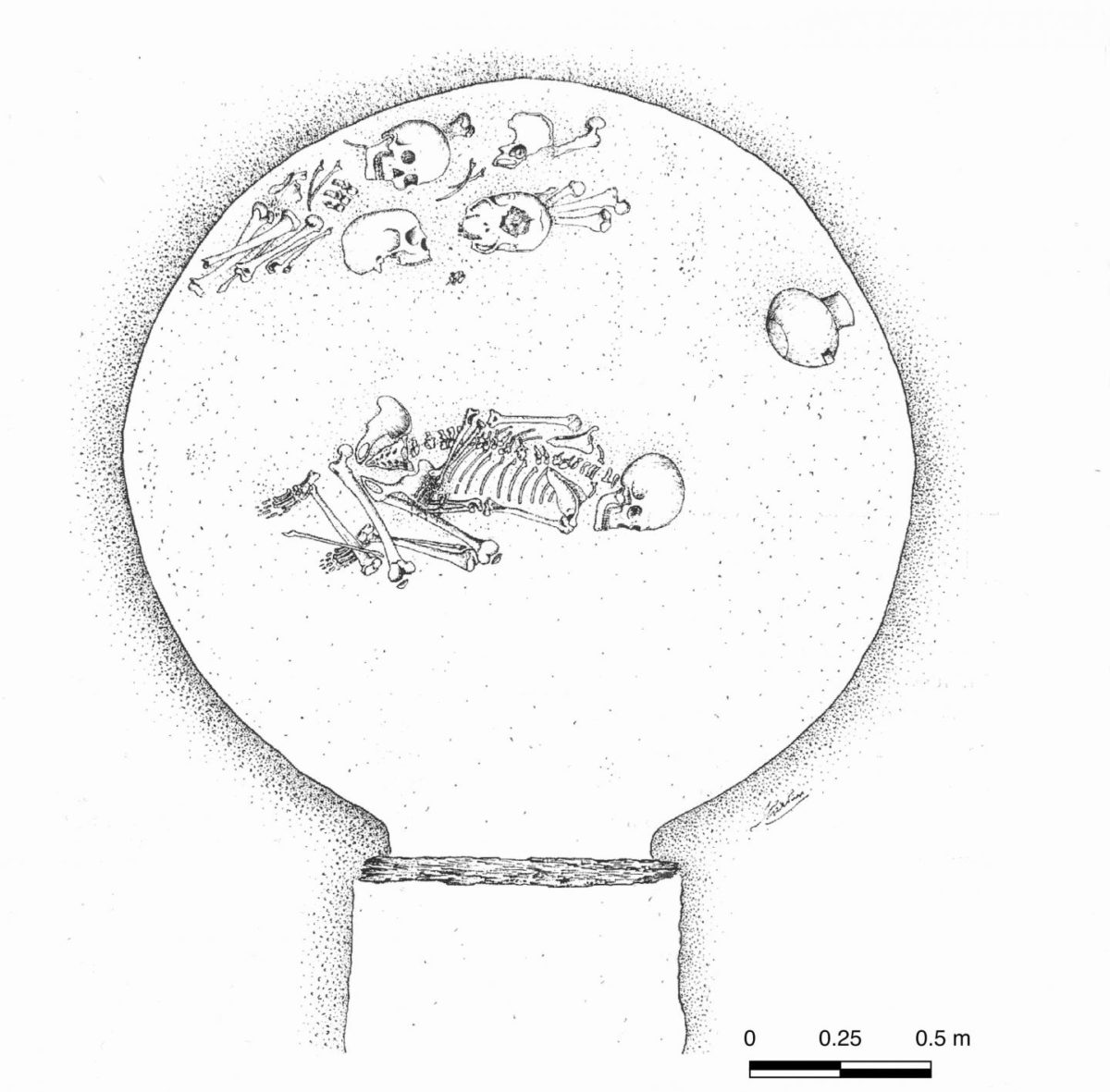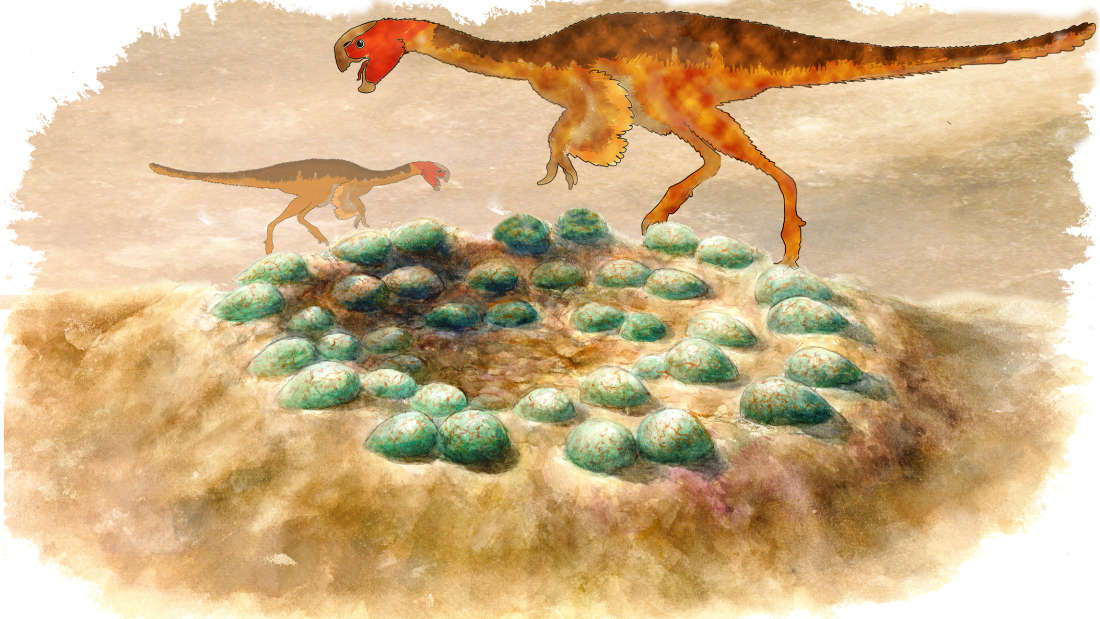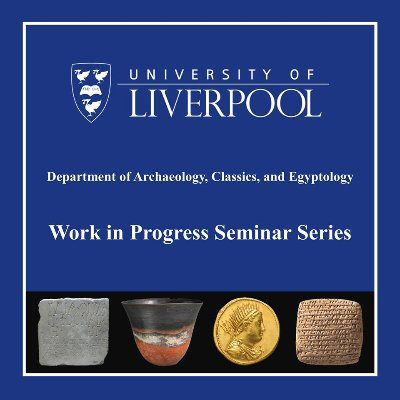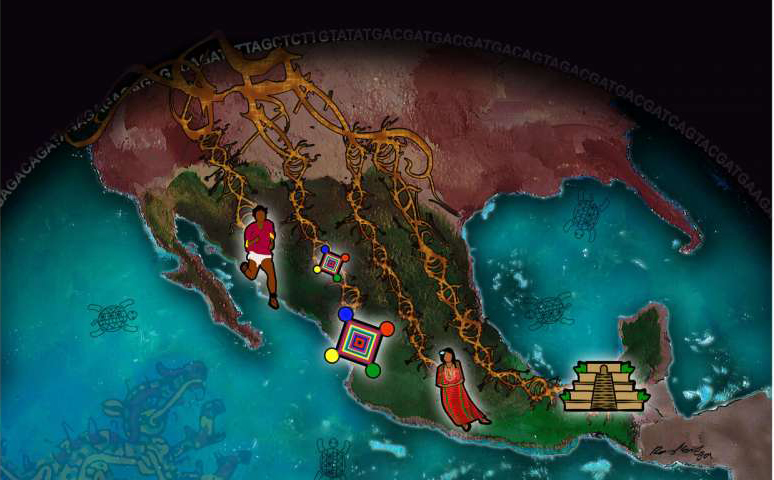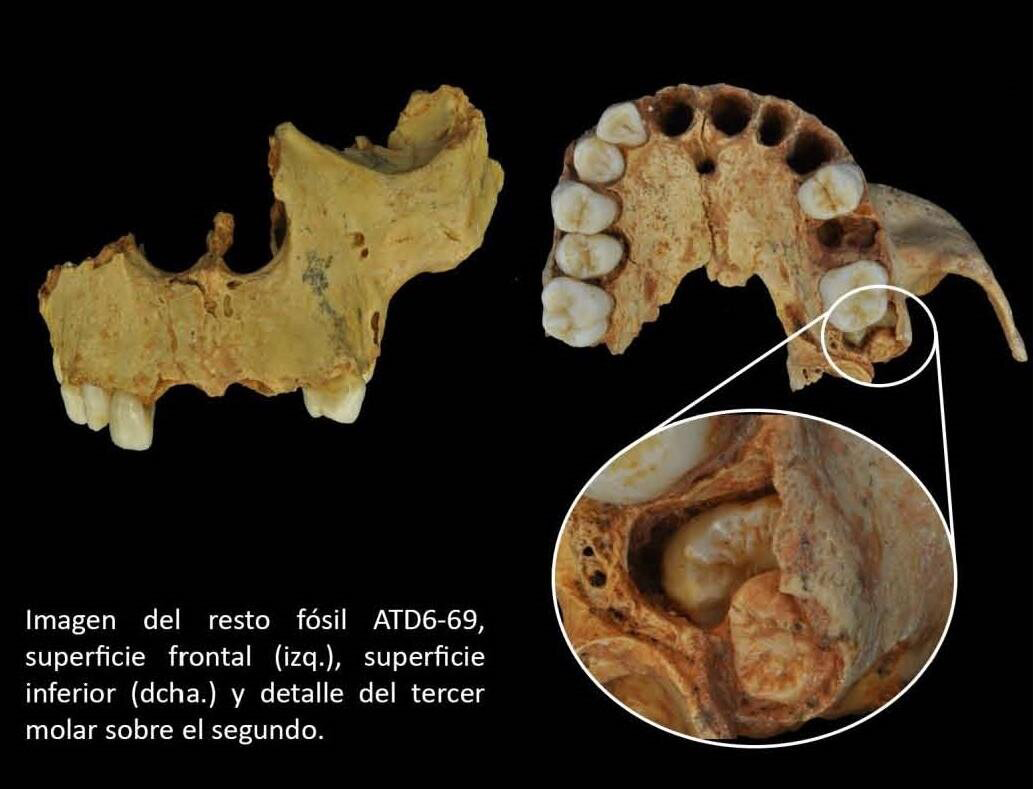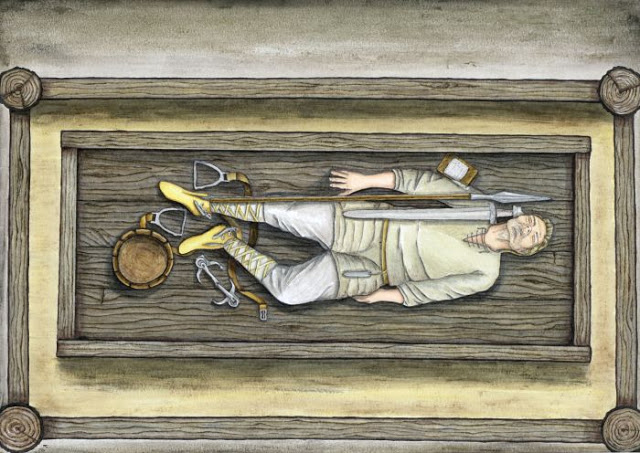Brain of Vesuvius Eruption victim turned into glass
The brain of 25-year-old man who died in Herculaneum near Pompeii during the Vesuvius Eruption in 79 AD turned into glass.
The Captives of Phaleron abandoned to their fate said Lina Mendoni
The “Captives” mass grave was discovered in March 2016 while excavating the Esplanade in Phaleron.
Athletics, Education, and the Road to Olympia
“Sports, Society, and Culture: Athletics, Education, and the Road to Olympia” will take place in Washington DC, USA, on July 15–July 19, 2020.
Unravelling arthropod genomic diversity over 500 million years of evolution
Comparative analyses across 76 species spanning 500 million years of evolution reveal dynamic genomic changes that point to key factors behind their success and open up many new areas of research.
New species of Allosaurus discovered in Utah
A remarkable new species of meat-eating dinosaur has been unveiled at the Natural History Museum of Utah.
The composition of a Roman-era makeup case
The case was uncovered in a deposit of cremated remains alongside ceramic cups, bone spindles, nails, glassware and the remains of a detachable bone box.
Egyptian mummy gets its voice back
An Egyptian mummy got its voice back, after researchers produced and used a 3D version of its vocal tract.
3,000-year-old teeth solve Pacific banana mystery
Humans began transporting and growing banana in Vanuatu 3000 years ago, a University of Otago scientist has discovered.
Two writers penned landmark inscriptions in 8th-c. BC Samaria
Discovery illuminates bureaucratic apparatus of ancient kingdom of Israel, say Tel Aviv University researchers.
A specialized sheep-hunting camp in prehistoric Lebanon
Anthropologists at the University of Toronto (U of T) have confirmed the existence more than 10,000 years ago of a hunting camp in what is now northeastern Lebanon.
First ancient DNA from Africa illuminates deep human past
An international team led by Harvard Medical School scientists has produced the first genome-wide ancient human DNA sequences from west and central Africa.
The Archaeology of the Iberian Peninsula
In this book, Katina Lillios provides an up-to-date synthesis of the rich histories of the peoples who lived on the Iberian Peninsula between 1,400,000 (the Paleolithic) and 3,500 years ago (the Bronze Age).
2019 excavations of the Pafos Agora Project completed
Excavations focused on three trial trenchest. It was possible to reveal either the street surfaces themselvesor the infrastructure associated with them.
Late Neolithic Italy was home to complex networks of metal exchange
Research revealed that, while some of the copper was sourced from the rich ore deposits of Tuscany, as was expected, some is from further afield.
Neutron source enables a look inside dino eggs
Did Oviraptoridchicks hatch at the same time? Researchers at the University of Bonn and the TU Munich provide presumptive evidence.
Edinburgh Seminar in Classics
The programme for Edinburgh’s Research Seminar in Classics from January to April 2020 has been announced.
Liverpool ACE Work in Progress Semester 2 Programme
The programme for semester 2 of the University of Liverpool's Archaeology, Classics and Egyptology Work in Progress seminars has been announced.
Genetic changes among indigenous Mexican populations
The genomic study, the largest of its kind for indigenous populations from the Americas, appeared recently in the advanced online edition of Molecular Biology and Evolution.
The boom and bust economy of the Greenland Norse walrus ivory trade
New research show that the settlers hunted walrus and traded tusks and ivory across Europe during the Middle Ages, but the hunt became so intense that it may have led to the collapse of Norse Greenland.
A stolen Klimt painting was accidentally discovered after 20 years
“Portrait of a lady” measuring 55×65 cm was painted in 1916-1917 by Gustav Klimt.
The drawbacks of the modern face of ‘Homo Antecessor’
Study reveals that the species Homo antecessor already endured the drawbacks of having insufficient space for the third molar or wisdom tooth to erupt.
Four Danish warriors found by archaeologists in Poland
The skeletal remains of four Scandinavian warriors many hundreds of miles from their homeland were found by Polish archaeologists.
Self-Portrait (1889) in the Nasjonalmuseet Oslo really is a Van Gogh
The work’s authenticity had been questioned for some time, but the Van Gogh Museum has now confirmed the attribution after extensive technical and stylistic examination.
No major changes to landscape prior to European colonization
Contrary to long-held beliefs, humans did not make major changes to the landscape prior to European colonization, according to new research conducted in New England.


